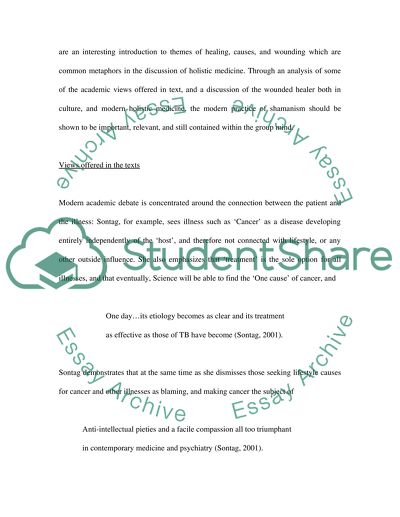Cite this document
(“Themes of Healing in Sontag, Starhawk, and Bly Essay”, n.d.)
Themes of Healing in Sontag, Starhawk, and Bly Essay. Retrieved from https://studentshare.org/health-sciences-medicine/1540330-themes-of-healing-illness-mindbody-relationship
Themes of Healing in Sontag, Starhawk, and Bly Essay. Retrieved from https://studentshare.org/health-sciences-medicine/1540330-themes-of-healing-illness-mindbody-relationship
(Themes of Healing in Sontag, Starhawk, and Bly Essay)
Themes of Healing in Sontag, Starhawk, and Bly Essay. https://studentshare.org/health-sciences-medicine/1540330-themes-of-healing-illness-mindbody-relationship.
Themes of Healing in Sontag, Starhawk, and Bly Essay. https://studentshare.org/health-sciences-medicine/1540330-themes-of-healing-illness-mindbody-relationship.
“Themes of Healing in Sontag, Starhawk, and Bly Essay”, n.d. https://studentshare.org/health-sciences-medicine/1540330-themes-of-healing-illness-mindbody-relationship.


